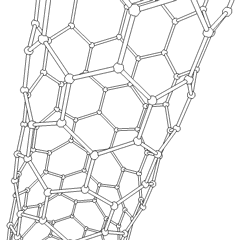Medic Tech Private Limited Nanomaterials, Scientific Instruments & Research Services
Transition from MICRO to NANO
Our mission is to facilitate opportunities for nanotechnology research, product development and commercialization. Thus, together with researchers across the world, we create a conductive platform for growth and partnering in era of nano-revolution by providing the best quality tested nanomaterials, technologies available to our customers.

Introducing: NanoScience Lab
ANUVRAT OUTSIDE
Revolutionize your research and development processes with our Nanoscale Material Synthesis Machine. This groundbreaking system enables work at the nanoscale, allowing you to explore new frontiers in nanotechnology with ease. It's a dynamic platform designed to adapt to the unique requirements of your research or production environment.
Explore